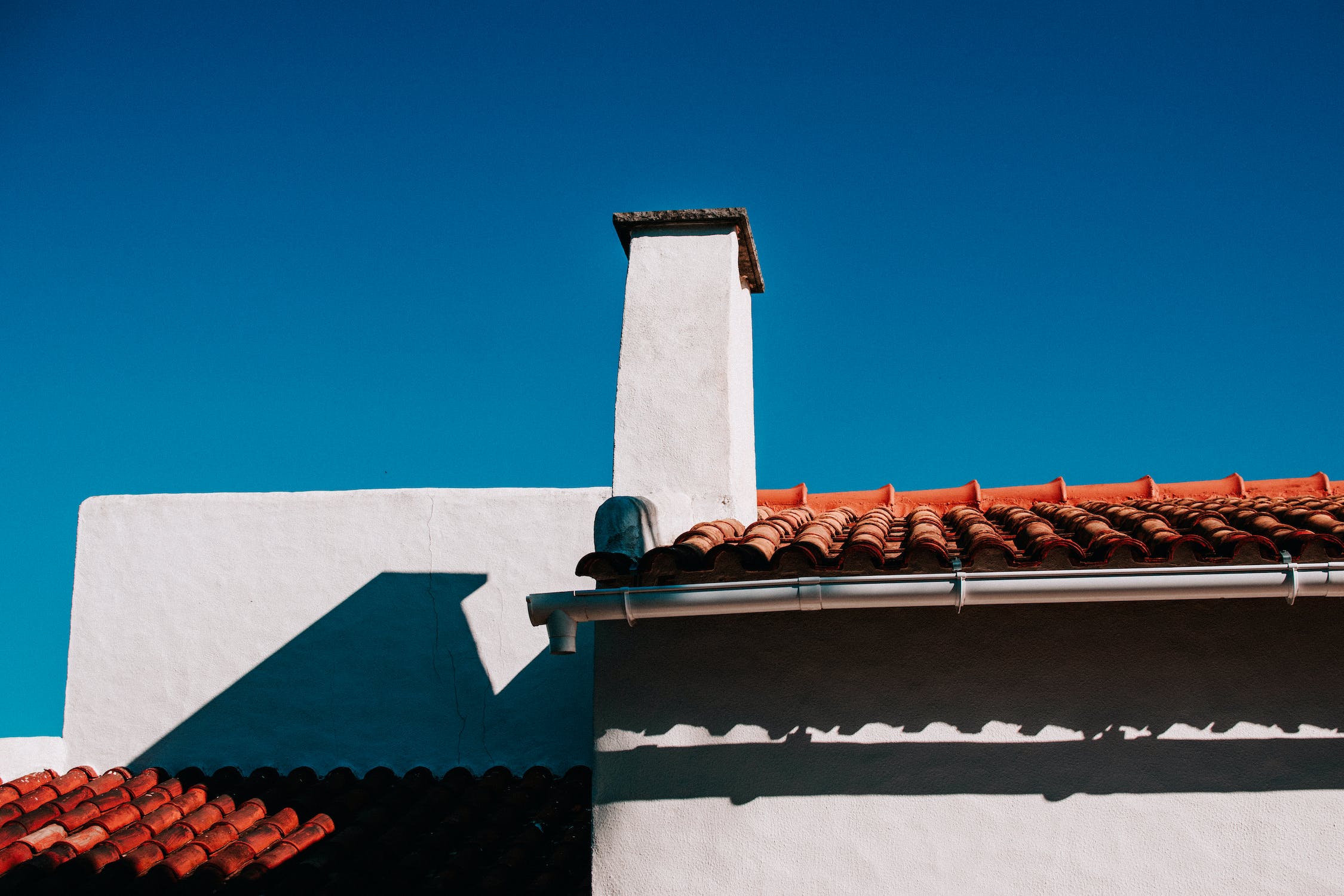How to insulate a roof with no access

Insulating a roof can be a challenge if you have limited or no access to the attic or roof space. However, with the right materials and techniques, it is still possible to insulate your roof and improve energy efficiency in your home.
In this article, we will discuss some effective ways to insulate a roof with no access:
- Spray Foam Insulation
One of the most effective ways to insulate a roof with no access is by using spray foam insulation. Spray foam insulation is applied as a liquid and expands to fill every nook and cranny of the space. It provides an airtight seal, making it one of the best insulation options for roofs. It also has a high R-value, which means it provides excellent thermal insulation. However, spray foam insulation should be installed by a professional as it requires specialized equipment and expertise.
- Rigid Board Insulation
Another option for insulating a roof with no access is rigid board insulation. This type of insulation is made from rigid foam panels and can be attached to the underside of the roof using adhesive or mechanical fasteners. Rigid board insulation is a good option if you have limited space as it has a high R-value and provides good thermal insulation. However, rigid board insulation can be more difficult to install than other insulation types and may require professional installation.
- Reflective Foil Insulation
Reflective foil insulation is another option for insulating a roof with no access. This type of insulation consists of a layer of reflective material, such as aluminum foil, that reflects heat away from your home. It is typically installed on the underside of the roof rafters, facing the living space, and can be stapled or taped in place. Reflective foil insulation is a good option for homes in hot climates as it can help keep your home cool. However, it is less effective in cold climates as it does not provide much thermal insulation.
- Blown-in Insulation
Blown-in insulation is a good option if you have an open attic space but no access to the roof. This type of insulation is made from loose-fill materials, such as fiberglass or cellulose, that are blown into the attic using specialized equipment. It can be a good option if you have irregularly shaped spaces or obstacles in your attic as it can fill all the gaps and spaces. However, blown-in insulation is not suitable for all types of roofs and may require professional installation.
In conclusion, there are several effective ways to insulate a roof with no access. Spray foam insulation, rigid board insulation, reflective foil insulation, and blown-in insulation are all good options depending on your specific situation. It is important to consult with a professional to determine the best insulation option for your home and ensure that it is installed properly. By insulating your roof, you can improve energy efficiency in your home and save money on heating and cooling costs.